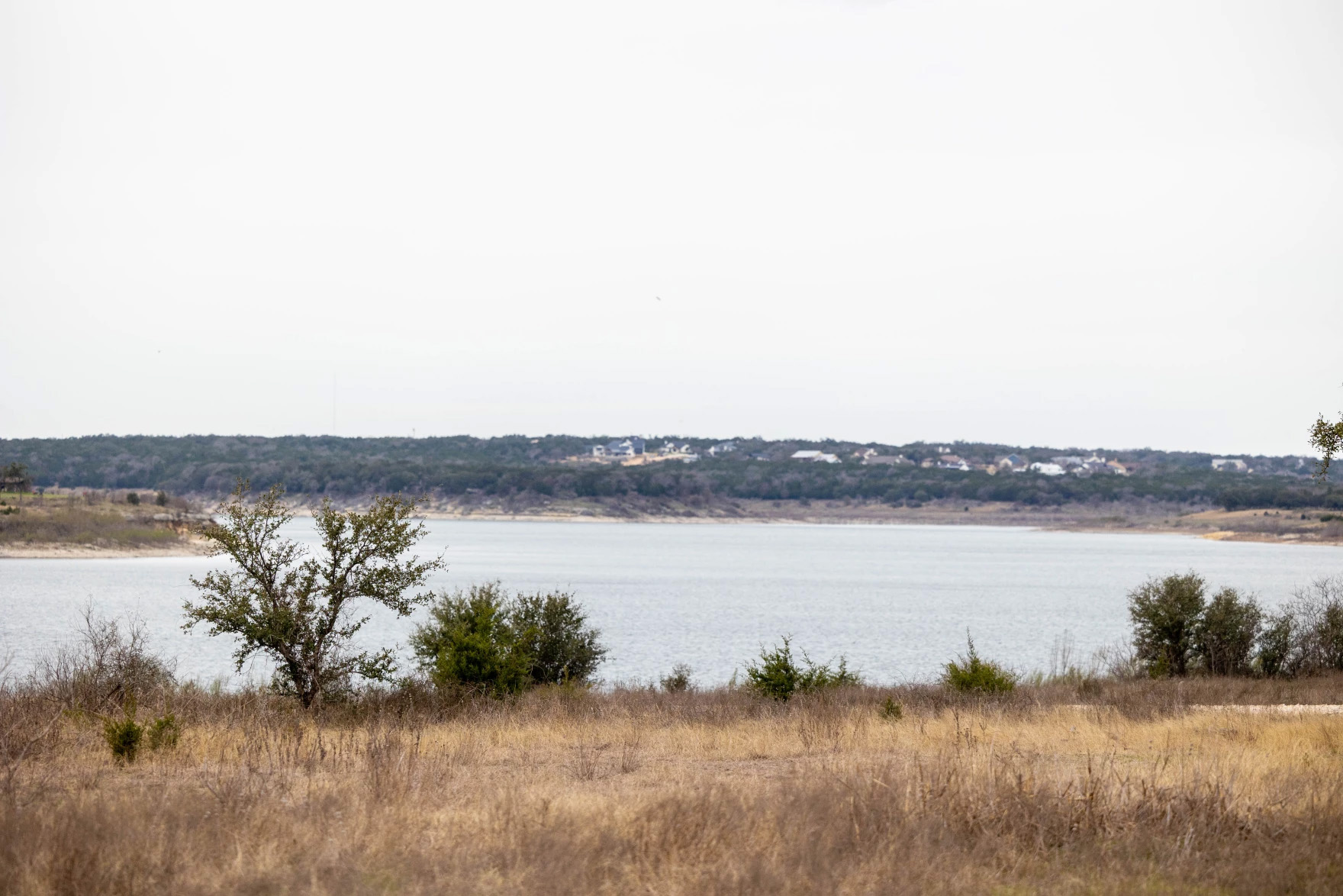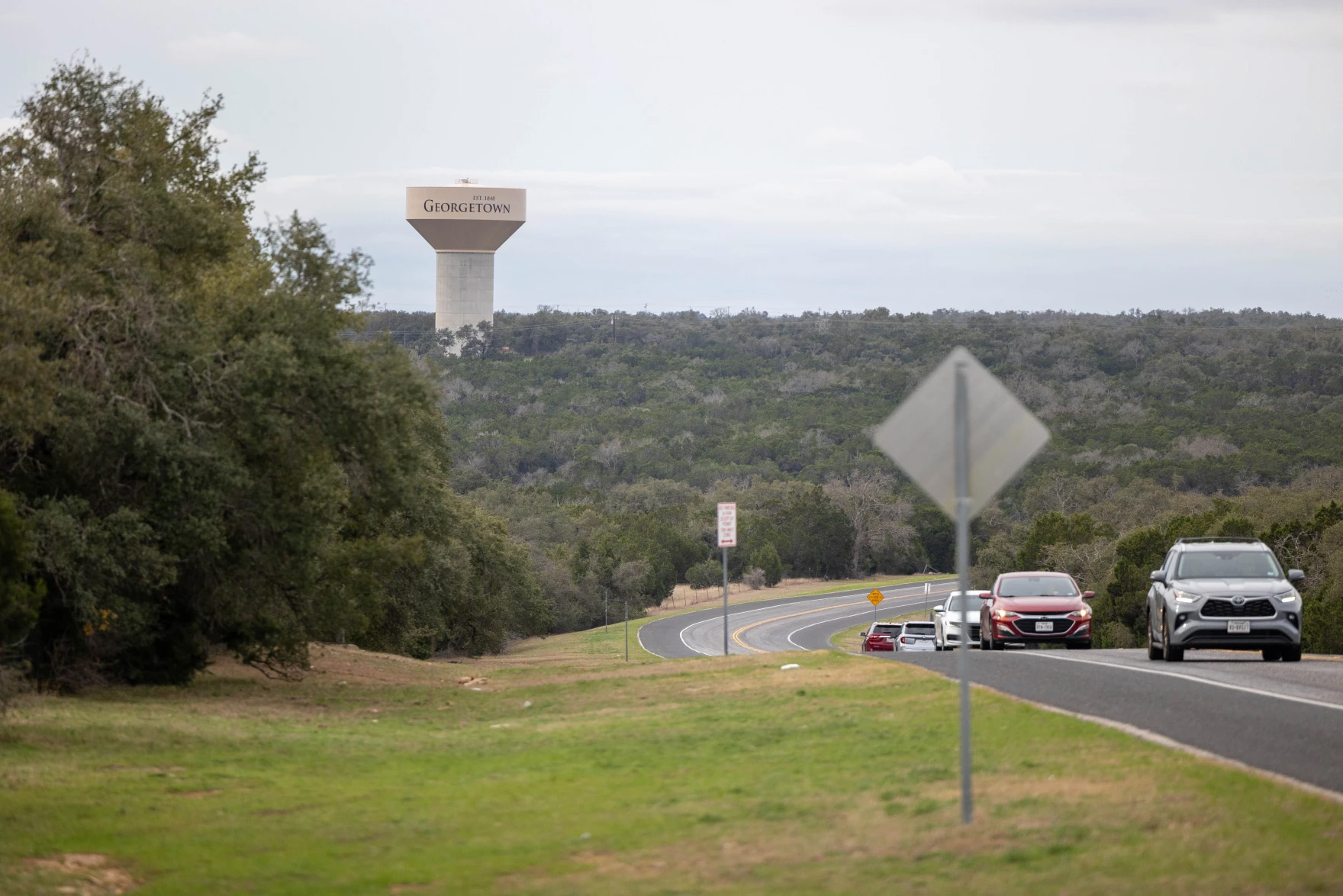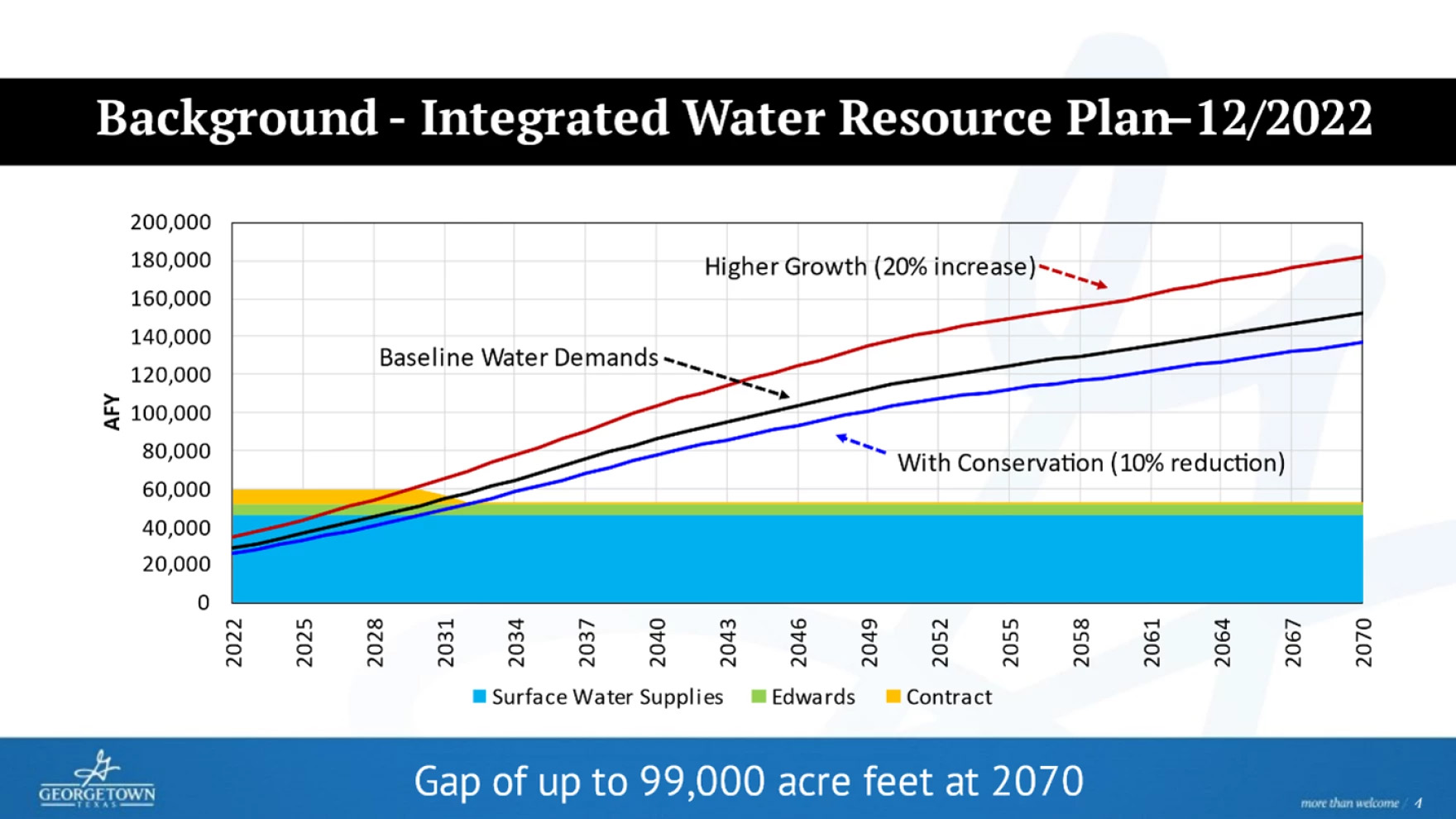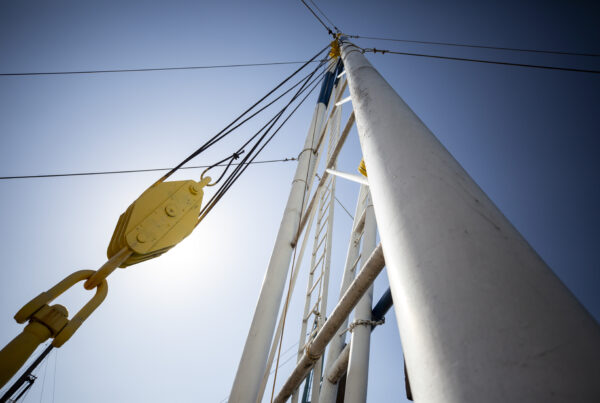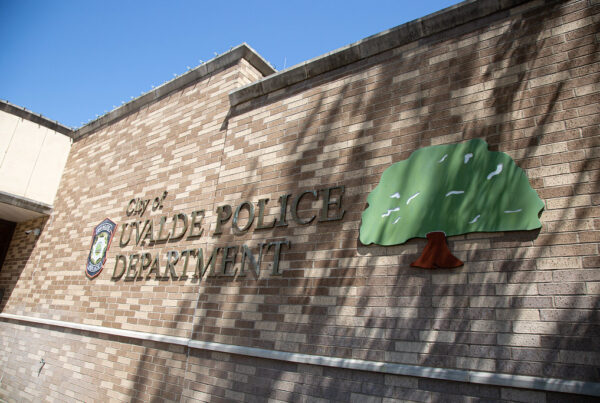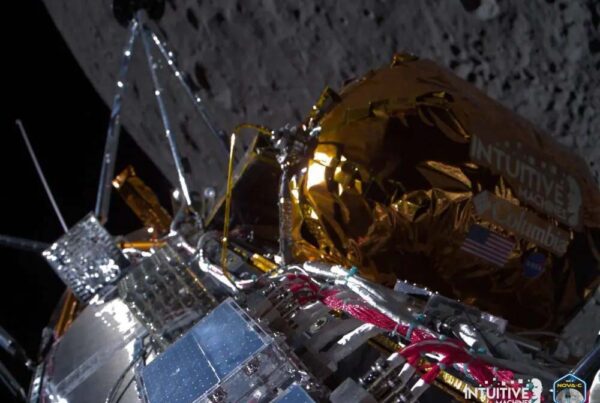From KUT News:
Georgetown, the fastest growing city in the U.S. and home to more than 86,000 people, must find a new water source by 2030 in order to avoid supply shortages, according to a city report.
It’s something Jonathan Moore thinks about a lot.
Since moving to Georgetown in 2021, Moore said the city, which runs its own water utility, has struggled to meet customers’ demand multiple times. That includes last summer, when drought and construction delays on one of Georgetown’s water treatment plants forced the city to impose strict outdoor water restrictions.
For the most part, Moore has taken these restrictions in stride. A self-described “avid vegetable gardener,” he said he’s always looking for better and more efficient ways to use water.
“If you do an open water system like a sprinkler, most of that water gets wasted. It really doesn’t water really well,” he said. “So I’ve had to use things more conscientious like drip systems and timers — particularly timers that are aware of what the environment is doing, so you aren’t watering in the middle of a rainstorm. That kind of thing.”
Still, Moore wonders if it’s enough. He’s concerned the city continues to be more reactive than proactive in its approach to water.
“Kind of a strange thing, you know, if we’re already restricted to watering on certain days of the week, and there’s more and more houses being built, but the capacity isn’t coming online very fast,” he said.
Supply and demand
The majority of Georgetown’s water supply comes from lakes Georgetown, Stillhouse and Belton. It also receives some water from Lake Travis and draws groundwater from
the Edwards Aquifer.
Up until two years ago, it was thought these sources would provide Georgetown enough water until around 2043 — perhaps past 2050 with enough conservation.
But not anymore.
With the population booming, the city has since learned its water demand is on pace to surpass supply in just six years.
Georgetown’s water utilities director, Chelsea Solomon, said the city immediately began searching for additional water supply options — a challenging task.
“You can’t produce more water,” she said. “You can treat more water, but you can’t produce it. You can produce more electricity, but water is a finite resource.”


